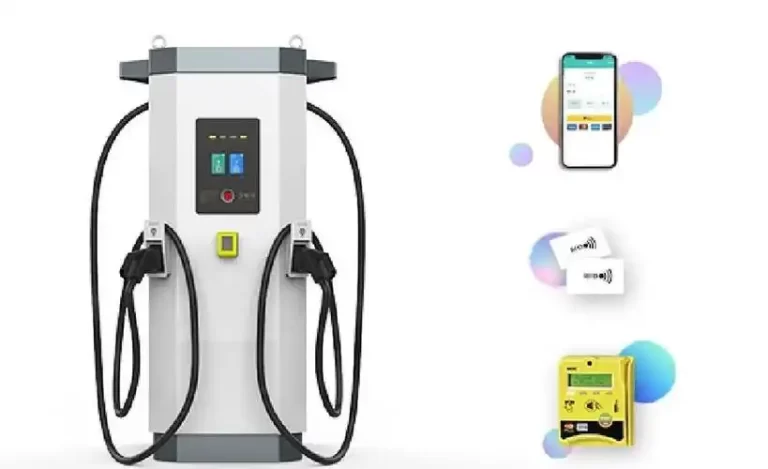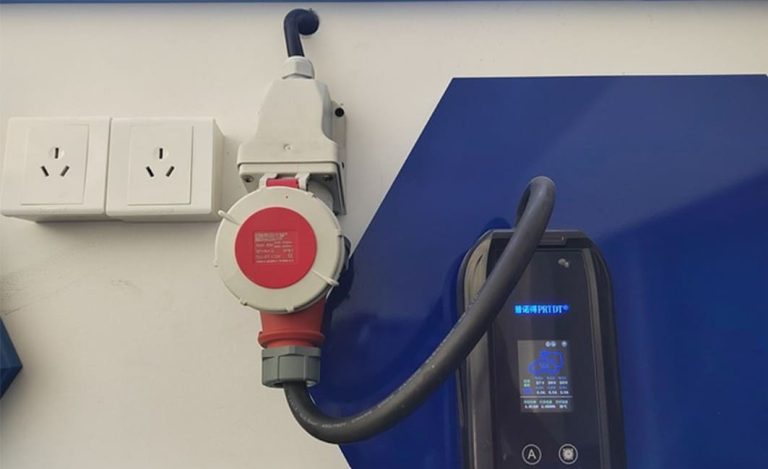How to charge car battery without charger?

Yes, you can use techniques like jump-starting from another car, using a spare battery, or push-starting for cars with manual transmissions to charge a car battery without a dedicated battery charger. By using these methods, you can generate enough power to start your car’s engine, which will then enable the alternator to recharge the battery. But since these are frequently emergency fixes, you must pay close attention to safety to prevent harm to yourself or your car’s electrical system.
🔋 Understanding Your Car Battery and Safety First
A typical car battery is a 12-volt lead-acid battery. Its job is to provide a large burst of current to start the engine and to power electrical components when the engine is off. A battery can become discharged (“dead” or “flat”) from leaving lights on, prolonged inactivity, cold weather, or an aging battery that can no longer hold a charge.
Before attempting any charging method, safety is paramount:
- Work in a Well-Ventilated Area: Batteries can produce flammable hydrogen gas, especially when being charged.
- Wear Protective Gear: Safety glasses and gloves are recommended to protect from acid spills and electrical sparks.
- Inspect the Battery: Check for any cracks, leaks, or noticeable corrosion on the terminals. If the battery is damaged, do not attempt to charge it; replace it instead.
- Avoid Flames and Sparks: Never smoke or create a spark near a battery.
- Read Your Vehicle’s Manual: Some modern cars have specific jump-starting procedures or protected battery locations.
🚗 Method 1: Jump-Starting from Another Vehicle (Most Common)
This method uses the good battery from a “donor” vehicle to provide enough power to start your engine.
What You’ll Need:
- A set of good quality jumper cables (the thicker the wires, the better).
- A second vehicle with a healthy 12-volt battery of similar capacity.
Step-by-Step Guide:
- Position the Vehicles: Park the donor car close to yours so the jumper cables can reach both batteries, but ensure the vehicles are not touching. Turn off both engines, engage the parking brakes, and turn off all electrical accessories (lights, radio, A/C).
- Identify Terminals: Locate the battery in each car. Identify the positive (+) terminal (usually red) and the negative (-) terminal (usually black). Clean any heavy corrosion if present.
- Connect the Jumper Cables in EXACTLY This Order:
- Red Clamp (+) to the dead battery’s positive (+) terminal.
- Other Red Clamp (+) to the good battery’s positive (+) terminal.
- Black Clamp (-) to the good battery’s negative (-) terminal.
- Final Black Clamp (-) to a solid, unpainted metal engine bolt or bracket on your car with the dead battery. Do NOT connect it to the dead battery’s negative terminal. This provides a ground and helps reduce the risk of sparking near the battery.
- Start the Donor Vehicle: Start the engine of the donor car and let it run for a few minutes. You may rev the engine slightly to increase alternator output.
- Attempt to Start Your Vehicle: Try to start your car. If it doesn’t start immediately, wait a few more minutes for more charge to transfer and try again.
- Disconnect the Cables in REVERSE Order: Once your engine is running smoothly:
- Disconnect the black clamp from the ground point on your car.
- Disconnect the black clamp from the good battery.
- Disconnect the red clamp from the good battery.
- Disconnect the red clamp from your battery.
- Keep Your Engine Running: Drive your car for at least 20-30 minutes to allow the alternator to recharge the battery significantly.
🔌 Method 2: Using a Spare Battery or Power Pack
You can use a standalone 12-volt battery (like a spare car battery or a dedicated jump-start power pack) instead of another vehicle.
What You’ll Need:
- A 12-volt spare battery or a portable jump starter.
- Jumper cables (if not included with the power pack).
Step-by-Step Guide (Using a Spare Battery):
- Position the Spare Battery: Place the spare battery on a stable surface near your car’s battery.
- Connect the Cables: Follow the same connection order as jump-starting from another car:
- Red (+) to dead battery’s positive.
- Red (+) to spare battery’s positive.
- Black (-) to spare battery’s negative.
- Black (-) to an unpainted metal ground on your car’s engine block.
- Wait and Start: Allow a few minutes for some charge to transfer, then attempt to start your car.
- Disconnect: Once started, disconnect the cables in the reverse order.
Using a Portable Jump Starter: These days, these gadgets are small, rechargeable, and incredibly practical. They frequently come with clamps and safety features built right in. Just connect the clamps to your battery (noting polarity), make sure the unit is turned on, and start your vehicle as directed by the manufacturer. After that, disconnect right away.
🚙 Method 3: Push-Start/Bump-Start (Manual Transmissions Only!)
This method uses the car’s own momentum to turn the engine, effectively making the alternator generate electricity to charge the battery. This only works on manual transmission vehicles.
What You’ll Need:
- A manual transmission car.
- A few strong helpers or a slight downhill slope.
Step-by-Step Guide:
- Preparation: Turn the ignition to the “ON” position. Ensure all lights and accessories are off. Press the clutch pedal all the way down and put the car into second gear (often smoother than first).
- Get Pushing: Have your helpers start pushing the car, or release the brake if on a hill. The goal is to get the car moving as fast as possible.
- Engage the Clutch: Once you have some good speed (5-10 mph), quickly release the clutch pedal. You will feel the engine turn and the car might jerk. As the engine turns, it should fire up.
- Disengage the Clutch: Once the engine starts, immediately press the clutch pedal back in to prevent stalling. Shift to neutral and let the engine run.
- Drive to Recharge: Just like with jump-starting, drive the car for a substantial time to recharge the battery.
WARNING: Do not attempt this with an automatic transmission. It will not work and can cause serious damage to the transmission.
☀️ A Note on Solar Chargers (For Maintenance, Not Emergency Starts)
Particularly for vehicles that are parked for extended periods of time (such as classic cars or RVs), small 12-volt solar battery maintainers are great for keeping a battery charged. To counteract natural discharge, they introduce a tiny amount of current into the battery.
However, the majority of inexpensive solar panels (e.g., 5-10 watts) are generally not a practical solution for emergency starting and do not provide enough amperage to rapidly recharge a completely dead battery. They work better as preventative measures than as treatments.
⚠️ Why Did Your Battery Die?
Getting your car started is only half the solution. It’s crucial to figure out why it happened:
- Parasitic Drain: Something (like a trunk light, glove box light, or aftermarket accessory) is slowly drawing power while the car is off.
- Old Battery: Batteries typically last 3-5 years. An old battery loses its ability to hold a charge.
- Alternator Problems: If your alternator is failing, it won’t recharge the battery while you drive. If your battery dies again shortly after a successful jump-start, a faulty alternator is a prime suspect.
- Human Error: Leaving a dome light, headlights, or a USB charger plugged in overnight.
If the battery dies again soon after being charged, or if you can’t find an obvious cause like leaving a light on, it’s essential to have a professional mechanic test both the battery’s health and the alternator’s output to diagnose the root cause.
💎 Conclusion
Any driver can benefit from knowing how to charge a car battery without a specialized charger. The most efficient and common ways are to use a portable jump starter or jump-start from another car. Keep in mind that the purpose of these techniques is to start your engine so that the alternator can recharge it. Always put safety first by working in a ventilated area and using the proper connection sequence. To avoid becoming stranded again, have a professional inspect your car’s electrical system if your battery keeps dying.





































































































































